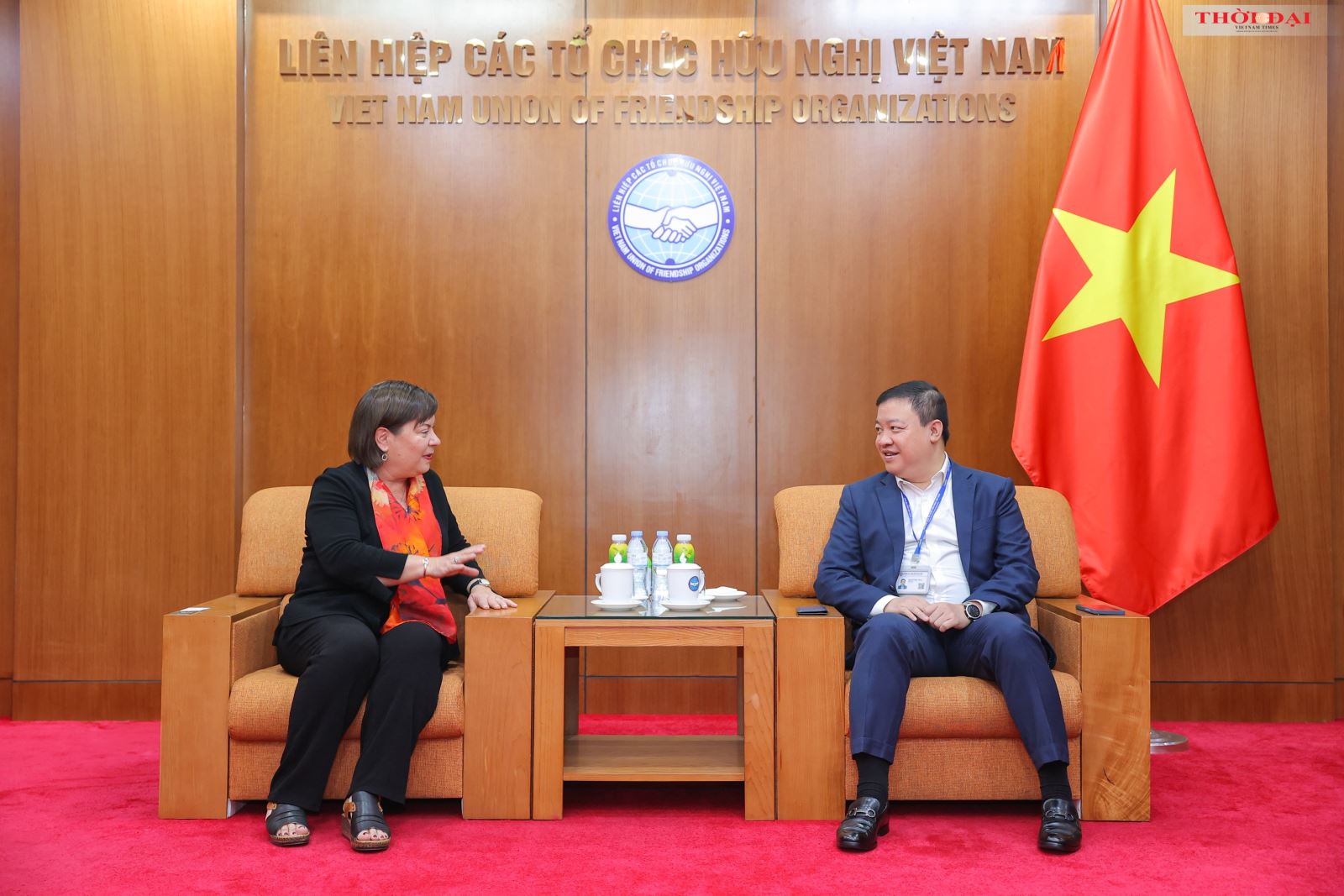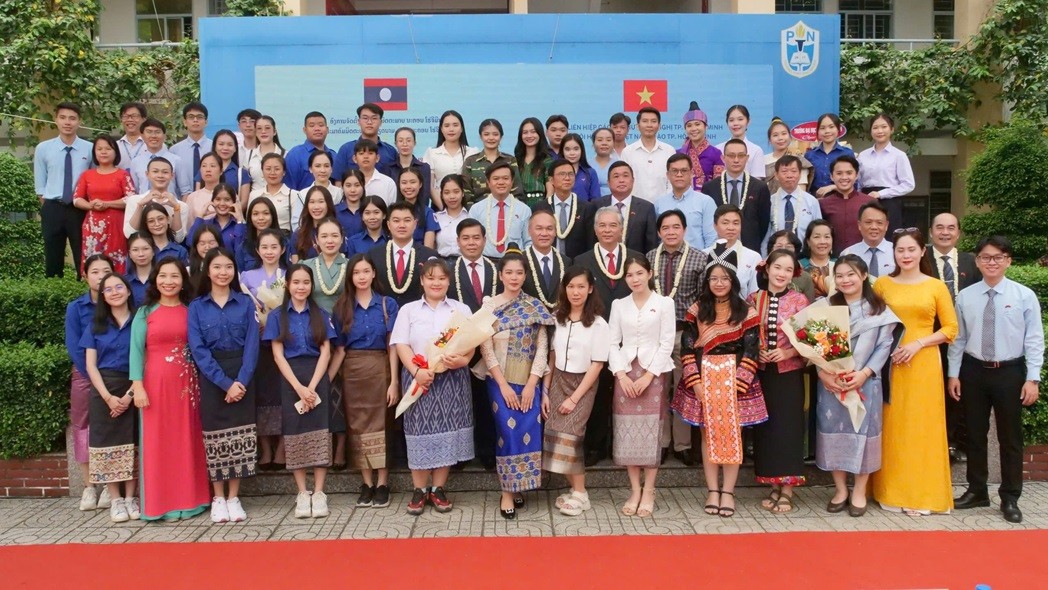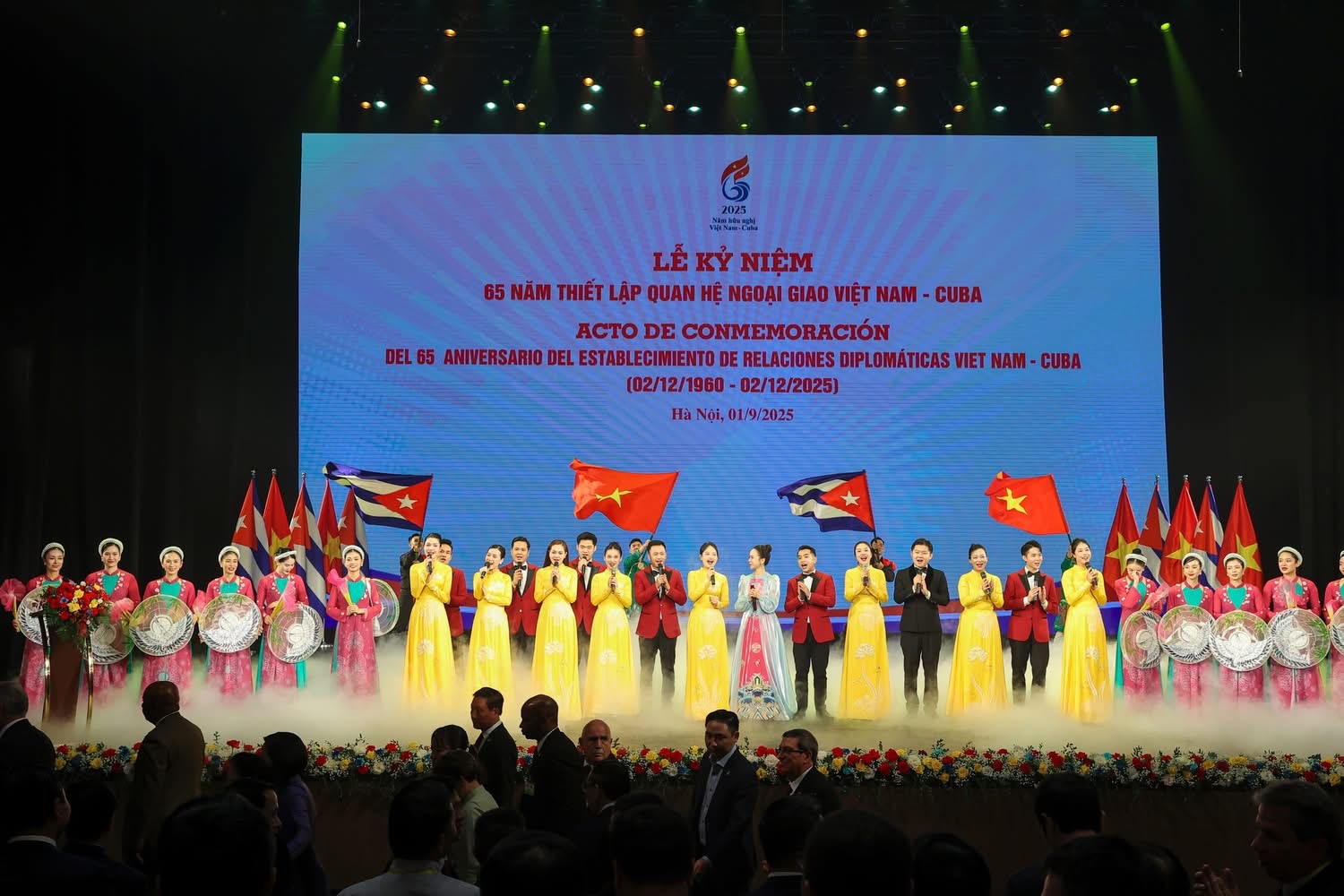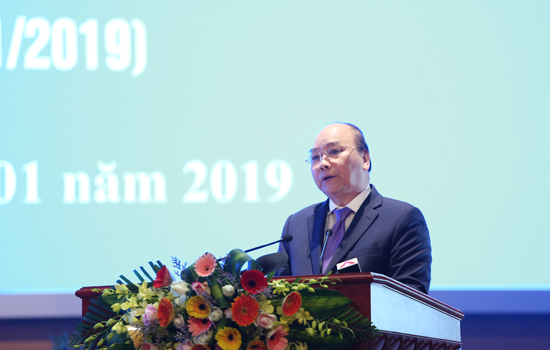
General Pham Van Tra, former defence minister of Viet Nam. — VNA/VNS (Photo Le Minh Son)
Vietnam News Agency speaks to General and former defence minister Pham Van Tra, who served in the battle at the time, on how it was a war where “justice triumphed over brutality”.
Could you tell us about the historical context of the fight against the genocidal Khmer Rouge regime?
For one, it wasn’t until 1977 that Pol Pot started being aggressive against Viet Nam. In April of 1975 when Pol Pot ascended to the highest leadership position of Cambodia, his military frequently launched raids along the southwest border, even along the maritime border we shared with Cambodia.
The Khmer Rouge invaded Tho Chu Island (Kien Giang Province) and some other islands, and carried out bloody massacres of hundreds of citizens.
At this time, after the end of the resistance war against Americans, I was told to stay on at the U Minh Regiment 1 and Division 4 of Military Zone 9 and engage in the fight against Pol Pot-Ieng Sary invasions, regain control of the occupied islands and protect the border from Tinh Bien (An Giang) to Ha Tien (Kien Giang).
However, by the end of 1976 when Pol Pot’s aggressions became more large-scale and frequent – some breaching as far as 15km into Vietnamese territory – the security situation in the southwest became highly volatile. These clashes were deemed to be not sporadic, unplanned incidents but conducted systematically, with comprehensive preparations.
The night of April 30, 1977, Pol Pot’s military launched a full-scale division-level attack on the Vietnamese southwestern border, starting their invasion of Viet Nam.
How did you feel upon hearing this news?
I was head of the U Minh Regiment 1 then, the timing couldn’t have been more unfortunate as our comrades were celebrating the second anniversary of Unification Day, and were in high spirits as they could finally return to their homelands after years of war.
I felt shocked and angry learning that Pol Pot’s military invaded Viet Nam. The defence ministry immediately decided to send us out to sea, to liberate the islands of Tho Chu and Phu Quoc. 500 were killed by Pol Pot’s military on Tho Chu alone, if the action had been delayed, the number of deaths might have been greater.
Our counter-offensive was to defend Việt Nam’s territory and people, not to attack Cambodian people. Our soldiers were committed and ready to sacrifice themselves to take back the occupied islands.
In the following years, the border clashes continued to climb in severity. How were the spirits of the people and the army at the time?
At the end of April when the invasion started, Vietnamese people – especially those in border areas – were very alarmed.
Along the border of Viet Nam Military Zone 9 (Mekong Delta region), the Pol Pot’s military used seven divisions together with local armed personnel of two provinces to launch strikes at 13 public security stations and 14 out of 16 communes of An Giang Province.
In response, main forces from divisions in the region were deployed to work with local armed forces to put up a fierce and valiant flight, repelling the enemy’s aggressions and driving them back across the border.
These victories lifted up the spirit of the people. Locals were more than willing to help and provide for the Vietnamese army even though they were struggling to make ends meet.
The truth is this war was one we had no choice but to engage in, not one we started. Viet Nam’s wish is to uphold eternal peace with Cambodian people, but Pol Pot instigated the fight, forcing us to take up arms.
When the Viet Nam People’s Army pushed the fight to the other side of the border, the international response was overwhelmingly negative and heavily biased. How do you personally feel about this?
Our counter-offensive along the southwestern border and the war against Pol Pot regime had three phases: The first, protecting our border and people; the second, liberating Cambodian people from the savage Khmer Rouge; and third, from 1980 to 1985, dealing with the remnants of the regime, which was receiving support from foreign countries to regroup in Cambodia’s border area near Thailand.
An American later told me, “When the Vietnamese military arrived in Cambodia, the whole world protested – including the US – but now, I think that the world must express gratitude and support for Việt Nam for their early efforts to put an end to these terrorists.”
Cambodian people at the time welcomed Vietnamese soldiers with open arms, calling them “Buddhist soldiers” for they liberated thousands of Cambodian people from prison camps. After Việt Nam’s first ‘warning attack’ in Cambodia territory, when Vietnamese soldiers pulled back, many Cambodians openly wept, telling us that without the Vietnamese soldiers’ assistance, they would have been murdered.
They wanted us to stay on, but we received the order to leave from the defence ministry.
Viet Nam’s battle against Pol Pot on Cambodian soil could also be considered a ‘people’s war, for the people and from the people?’
That’s correct. When the Vietnamese soldiers crossed the border, we needed to rely on the people and worked with local resistance forces to discover and remove the undercover agents serving under Pol Pot within the population. This feat couldn’t have been achieved without the local people’s help.
I still remember this story. When our forces entered the villages in Cambodia, we noticed that all Buddha statues in their pagodas were beheaded – the perpetrator being Pol Pot’s army. We tried to find all the missing pieces, restoring the statues back to their original states and invited monks who were scared of Khmer Rouge persecution to even admit their faith to tend the pagodas again.
The Cambodian people were immensely thankful of our soldiers, and this demonstrated very clearly a distinguishing character of the Vietnamese army.
After liberating the villages from the Khmer Rouge’s bloody control, our soldiers integrated into the local communities, helping them stabilise livelihoods, establishing a local government before retreating.
Our allies, the Kampuchean United Front for National Salvation, were also in favour of this approach.
After 1985, when the last of Pol Pot’s bases at the Thailand-Cambodia border were cleared, our soldiers remained to ensure stability under the nascent Cambodian government before a complete withdrawal in 1989.
What is your evaluation of the southwestern border counter-offensive and the fight against the genocidal regime?
A war to defend the country is a war of justice. This justice earns us the support of all Vietnamese people, and then the Cambodian people. I want to re-emphasise the fact that if Cambodian people found this war unjustified, they would never have helped us and the fight against Pol Pot would have been lost.
I repeat, the southwestern border war was a war of justice and for justice.
40 years after defeating Pol Pot’s regime, Viet Nam and Cambodia are committed to accelerating co-operation on various fronts, including efforts to delineate ‘a border of peace and friendship.’ What do you think about bilateral co-operation?
I am glad that the border demarcation between Viet Nam and Cambodia has basically been completed, the remaining few sections I believe will be finished in no time. We have agreed to draw the lines using the maps from French colonial era, with the help of French experts.
I think that step by step, the two nations and peoples will achieve a long-lasting peace and friendship on which national development can be based.
VNF/VNA










